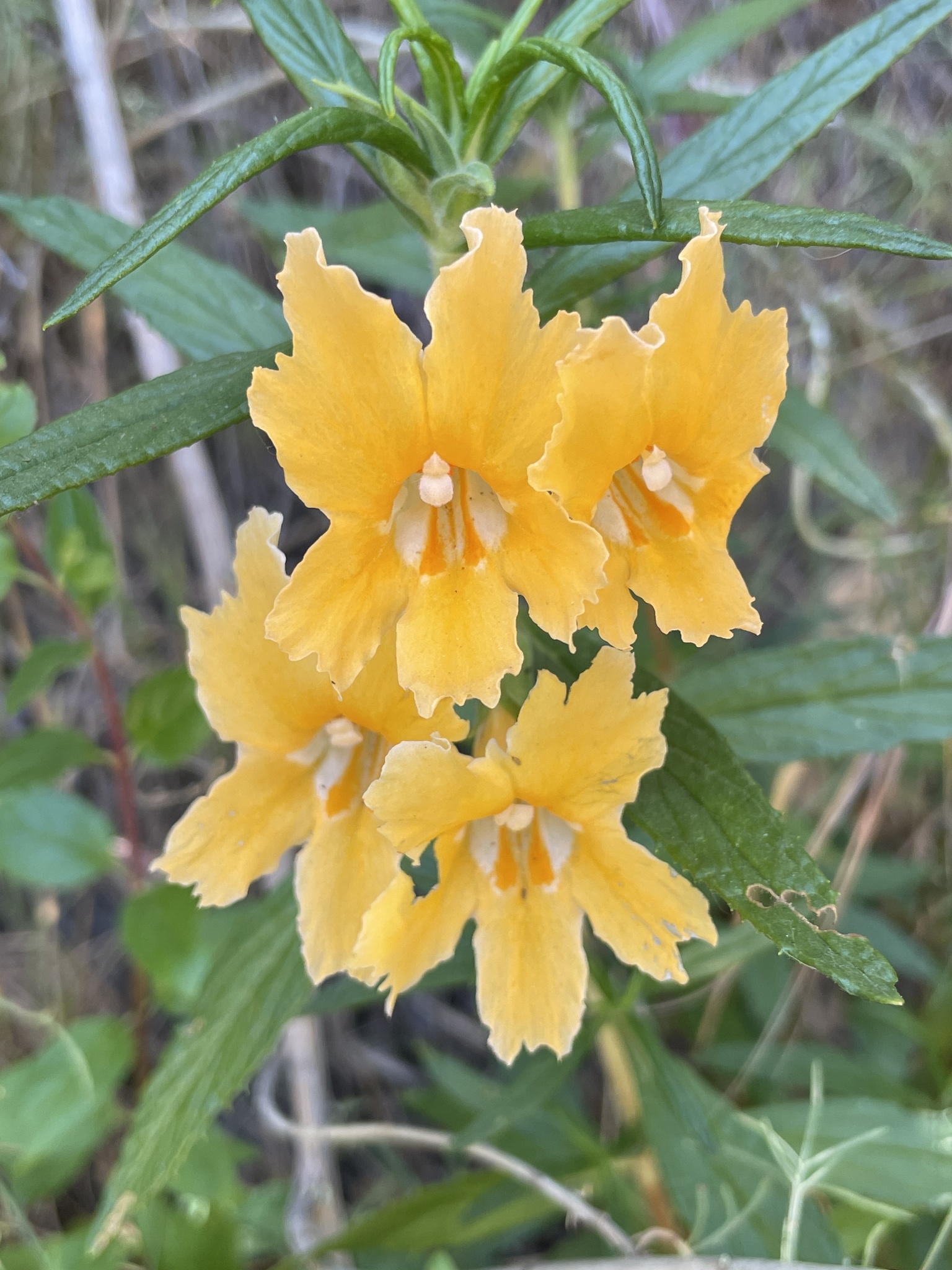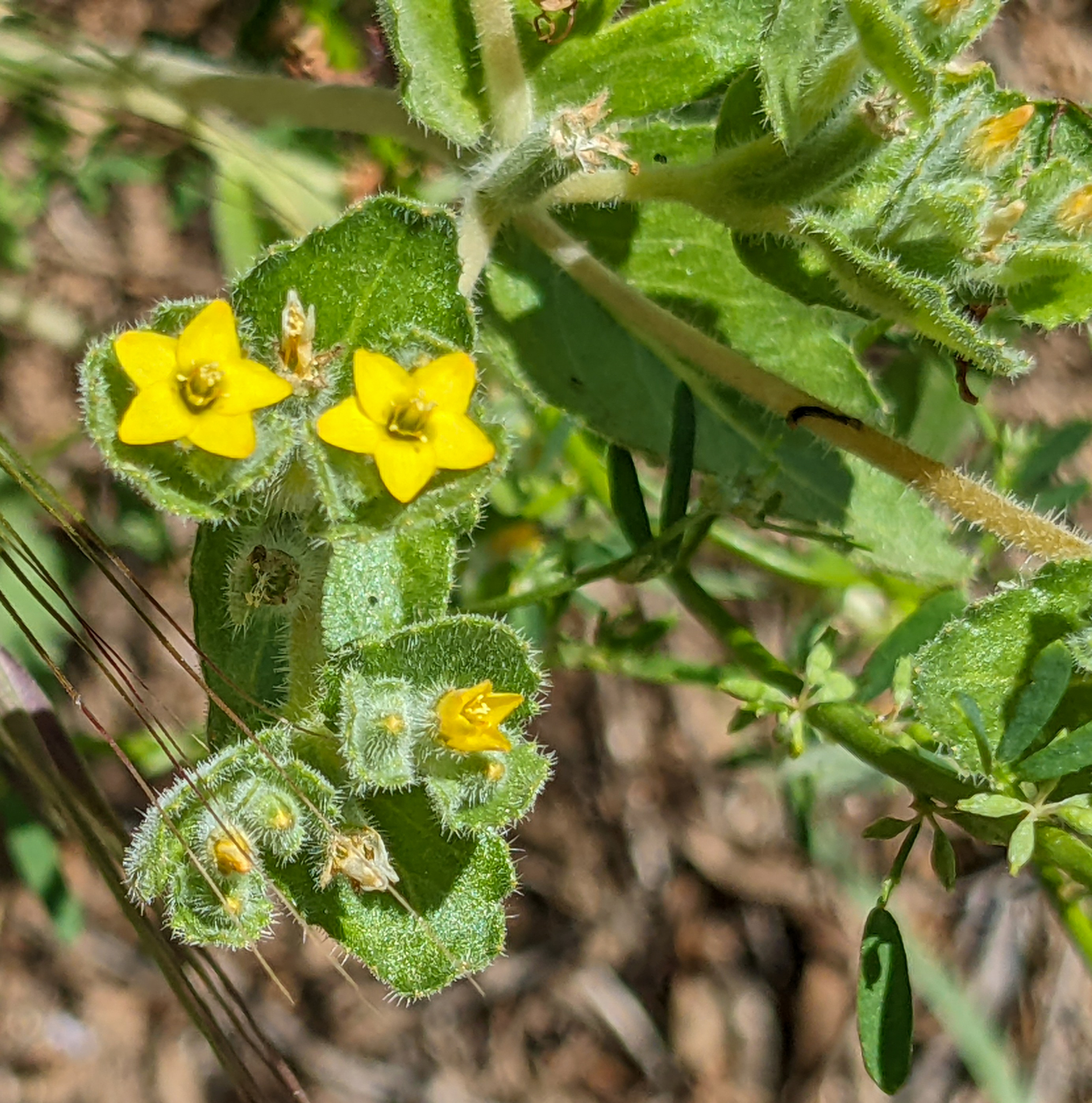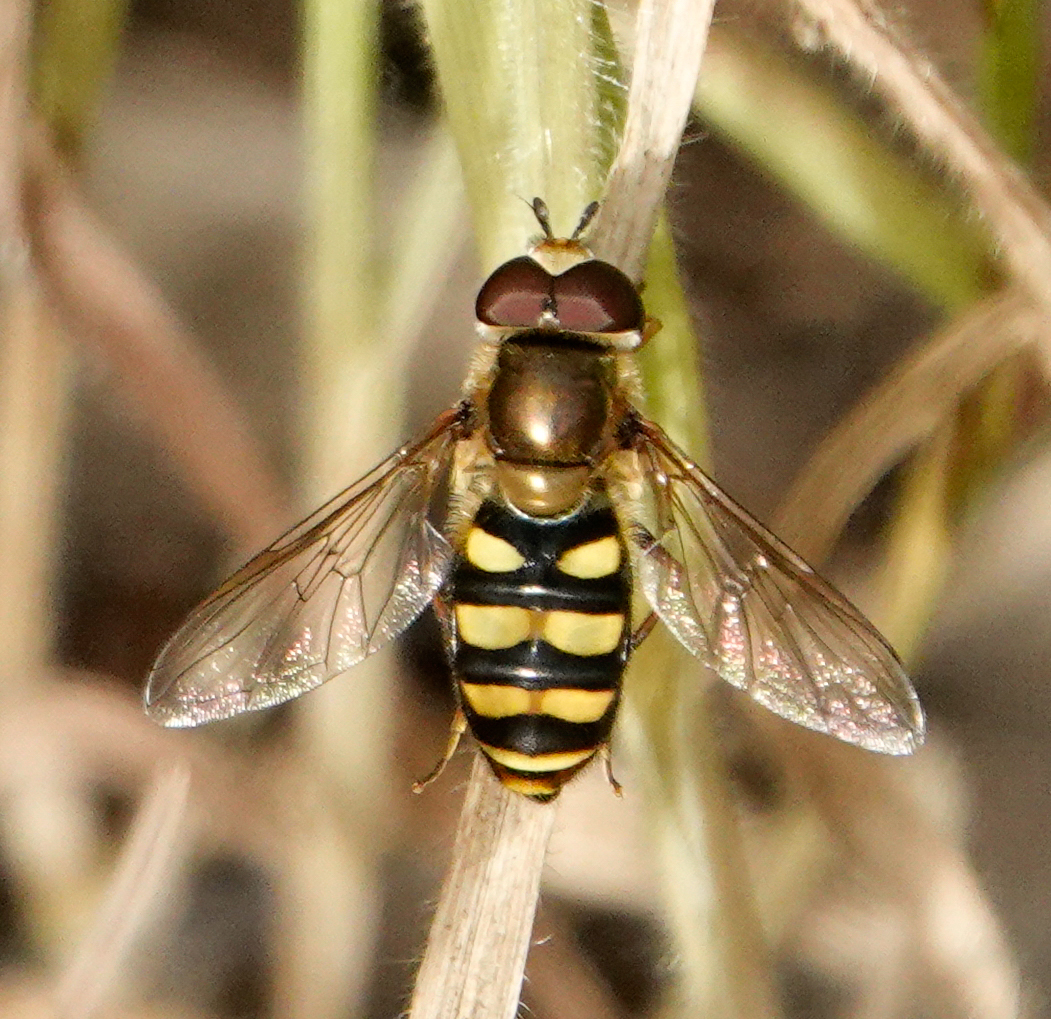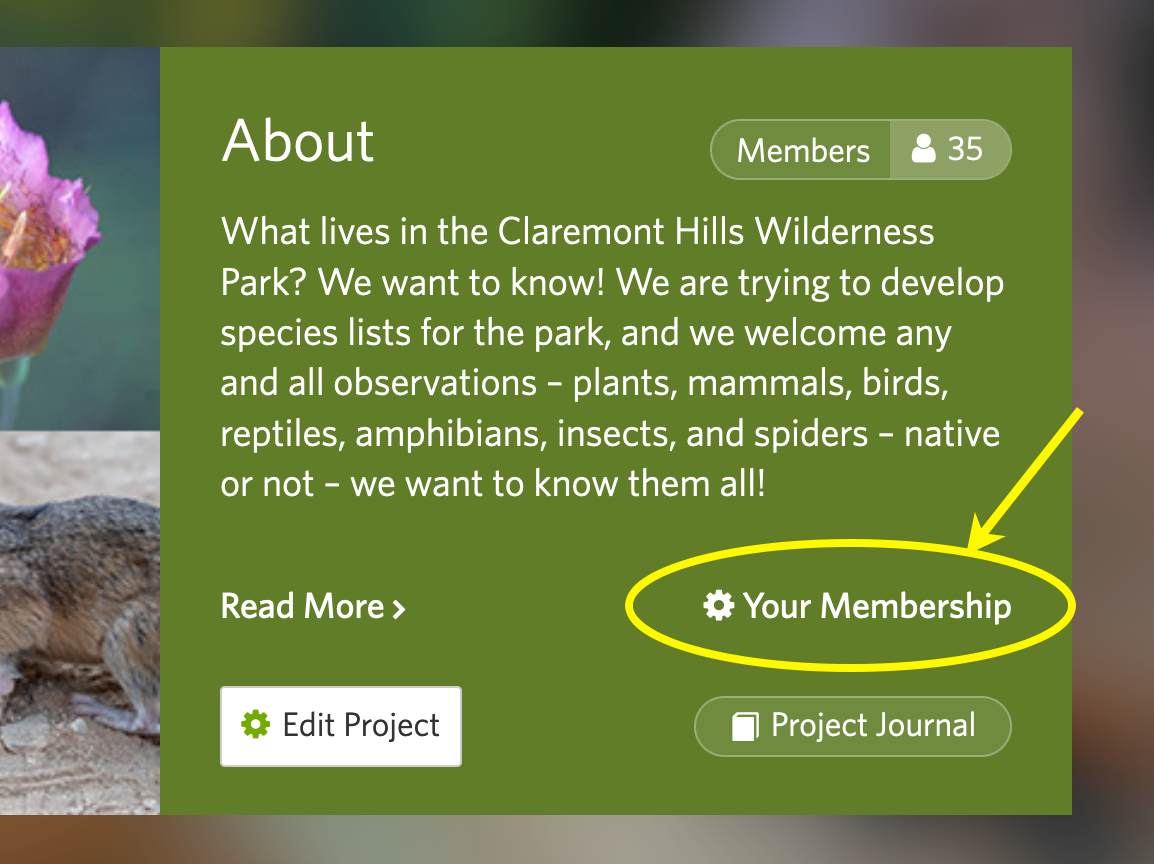2024 BioBlitz/City Nature Challenge results are in!
Thank you to everyone who participated in the Claremont Hills Wilderness Park BioBlitz this year! 2024 was the year of the new observer, with 15 of our 19 City Nature Challenge (CNC) participants posting observations in the Park for the very first time. Welcome to all! We hope you’ll join us again!
Together, these 19 observers (8 completely new to iNat) contributed to our results:
• 171 observations made
• 107 species observed
• 15 species added to the park list (this number might grow or shrink with new IDs)
iNaturalist observations help park managers at the City of Claremont, who use the information to make decisions about invasive species and endangered ones. For those of us captivated by the wonders of nature, seeing and recording these species is also great fun and great learning.
At the Friends of the Wilderness Park table, we showed many visitors how to use iNat, and some posted that day, including @kellypfs, who observed a black bear.
Black bear (Ursus americanus)
Black bears are seen regularly in the Park, but not often during peak-visitation hours. This bear roamed along the Cobal Canyon trail, where it was seen by many Park visitors.

Photo ©kellypfs
BioBlitz observers also added to our park all-species list, which contains more than 1,000 species catalogued on iNaturalist and in several other sources. The 15 species additions include:
Oval-headed sweat bee (Lasioglossum ovaliceps)
While a red abdomen hints that this tiny insect could be a wasp, its yellow pollen load confirms that this is a bee—an oval-headed sweat bee (Lasioglossum ovaliceps) to be more precise. This little forager was visiting fiddleneck (Amsinckia), a native plant flowering abundantly in the Park this month.

Photo ©Carol Blaney
Canyon Clarkia or Canyon Fairyfan (Clarkia epilobioides)
This delicate member of the evening primrose family (Onagraceae) hadn’t been reported in the Park on iNat or in previous collections by researchers. Canyon Clarkia likely hosts several moth species. A California native, its distribution also stretches to Arizona and Baja California.

Photo ©Carol Blaney
Special thanks to @lucasoppenheimer, @dbclaremont, @belennmaree, @stephnjamie, @alexamiranda, @rarico, @bians, @brokenpencil, @celisse, @daisy_gazcon, @insect_biologycpp24, @jtburkhart1, @sofarandazzle, @agasca, @lynette4nature, @kellypfs, @luke_beardsley, @tularosatabulator for contributing observations this year!























